Whether you're a new artist recording your first project or an established artist building your catalog, choosing the right beat license is one of the most important decisions you’ll make.
Licenses affect your streams, revenue, ownership, distribution rights, Content ID, live shows, and long-term opportunities.
This guide explains everything clearly and simply — based fully on how my licenses are structured:
- WAV Lease License
- Unlimited Lease License
- Exclusive License Agreement
Let’s break down exactly what each license gives you, how they differ, and which one is best for your career stage.
1. WAV Lease License (Entry-Level, Budget-Friendly, Low Commitment)
A WAV Lease is the perfect starting point for most artists.
It gives you clean commercial rights, high-quality audio, and no royalty splits — at an affordable price.
What You Get
- High-quality WAV file
- Permission to release a song commercially
- Monetization allowed
- 1 music video allowed
- You keep 100% of Publishing + Master Royalties
- You can always upgrade later
WAV Lease Usage Limits
- Online Audio Streams: 100,000
- Music Video Streams: 100,000
- Distribution Copies: 5,000
- Music Videos: 1
- Live Performances: allowed for small shows, clubs, small events
- Major commercial events: require an upgrade
Who Is WAV Lease For?
- New artists
- Artists dropping warm-up singles
- Demo releases
- Low-risk / low-budget projects
- Songs you don’t expect to blow up yet
This is the “start small and keep it simple” license.
2. Unlimited Lease License (For Serious Artists Ready to Grow)
Unlimited Lease is the most popular choice among rising artists who expect their music to gain traction.
It removes all limits and gives you a professional license without needing exclusivity.
What You Get
- WAV file + Full Stems / Trackouts
- Unlimited commercial rights
- Unlimited streams
- Unlimited video content
- Unlimited distribution
- Unlimited live performance rights
- Publishing Split: 25% Producer / 75% Artist
- Master Royalties: 5% Producer / 95% Artist
Why these splits?
This keeps Unlimited affordable while still ensuring the producer is compensated fairly when the song performs extremely well.
You still keep the majority of revenue, and you don’t owe anything upfront except the license price.
Important Rule (Upgrade Trigger)
Content ID is NOT allowed with Unlimited.
Only Exclusive License holders can use Content ID.
This rule:
- prevents conflicts between multiple artists
- protects major releases
- keeps monetization clean and organized
If you want worldwide monetization through Content ID → Exclusive License is required.
Who Is Unlimited Lease For?
- Serious artists building a catalog
- Artists expecting large streaming numbers
- Artists who want stems for professional mixing
- Artists who want total freedom without stream limits
- Artists preparing a marketing push or release campaign
Unlimited Lease = the best value for 90% of artists.
3. Exclusive License (Full Control, Long-Term Ownership, Maximum Freedom)
Exclusive License is the top-tier option.
You get the highest level of rights and the beat becomes exclusively yours.
After purchase:
- The beat is removed from the store
- No one else can buy or use it
- You unlock full monetization rights
What You Get
- Full WAV + Stems
- Exclusive rights (beat no longer sold)
- Unlimited commercial usage
- Unlimited streams
- Unlimited music videos
- Unlimited copies
- Unlimited live performances
- Content ID ALLOWED
- Publishing Split: 25% Producer / 75% Artist
- Master Royalties: 5% Producer / 95% Artist
Ownership Clarification
- Producer keeps copyright (this is standard)
- Artist gets exclusive usage rights forever
- Publishing and Master splits remain as agreed
This is the cleanest, industry-standard way to structure exclusivity.
Who Is Exclusive License For?
- Artists with strong momentum
- Labels or management-backed artists
- Songs that are going viral
- Songs planned for Content ID monetization
- Artists wanting to build long-term revenue
- Anyone who wants to own their song’s foundation
Exclusive = you lock in the beat permanently.
4. Full Comparison Table (Quick Overview)

5. Practical Examples (Realistic Scenarios)
Scenario A — New Artist
You’re dropping your first few songs.
You don’t expect huge numbers yet.
→ WAV Lease is perfect.
Scenario B — You’re growing fast
Your songs get 50k–500k streams.
You’re doing shows.
You want stems.
→ Unlimited Lease is your best option.
Scenario C — You believe the track is a HIT
You want to monetize Content ID.
You want to protect the song long-term.
You want full control and exclusivity.
→ Go straight to Exclusive License.
6. Biggest Mistakes Artists Make When Buying Beats
❌ 1. Choosing a low license for a big release
Artists often buy a WAV Lease and then blow past 100k streams — causing legal issues and forced upgrades.
❌ 2. Using Content ID without the proper license
This can get your video taken down, demonetized, or blocked.
Only Exclusive allows it.
❌ 3. Not reading the license limits
Limits matter.
Streaming platforms verify ownership automatically.
❌ 4. Thinking “lease” means non-commercial
Leases ARE commercial.
You can fully monetize them.
❌ 5. Waiting too long to buy Exclusive
Once someone else buys it… it’s gone forever.
7. FAQ (Most Important Questions Artists Ask)
Q1: Do I own the beat when I buy a license?
No. You own the rights to use the beat, not the underlying copyright.
Even with Exclusive, copyright stays with the producer (standard industry practice).
Q2: Can I monetize my song with a lease?
Yes — WAV and Unlimited both allow full monetization.
Q3: What happens if I exceed my WAV Lease limits?
You must upgrade to Unlimited or Exclusive.
Your song won’t get taken down — but you must stay compliant.
Q4: Why is Content ID only allowed for Exclusive?
Because Content ID requires global ownership control.
If multiple artists used the same beat, Content ID would cause conflicts.
Q5: What are Publishing and Master Splits?
Publishing = songwriting/composition royalties.
Master = recording royalties from DSPs (Spotify, Apple Music, etc.).
Q6: Do I have to pay the producer every month?
No.
Only the agreed royalty percentages when the song earns revenue.
Q7: Can I transfer or resell my license?
No.
Only you can use the beat.
Q8: What happens to artists who previously leased the beat if someone buys Exclusive?
Their existing songs remain safe.
They just can’t create new songs with the beat.
Q9: Are stems included with WAV Lease?
No — stems are included only with Unlimited and Exclusive.
Q10: Can I get a refund after downloading a beat?
No — digital products are non-refundable.
Final Thoughts
Your beat license determines how far your release can go.
Choosing the right one saves you:
- money,
- stress,
- legal issues,
- and protects your music long-term.
With the three-tier structure (WAV, Unlimited, Exclusive), you can choose the level that fits your career — and upgrade anytime.
If you’re unsure which license is right for you, just send me a message.


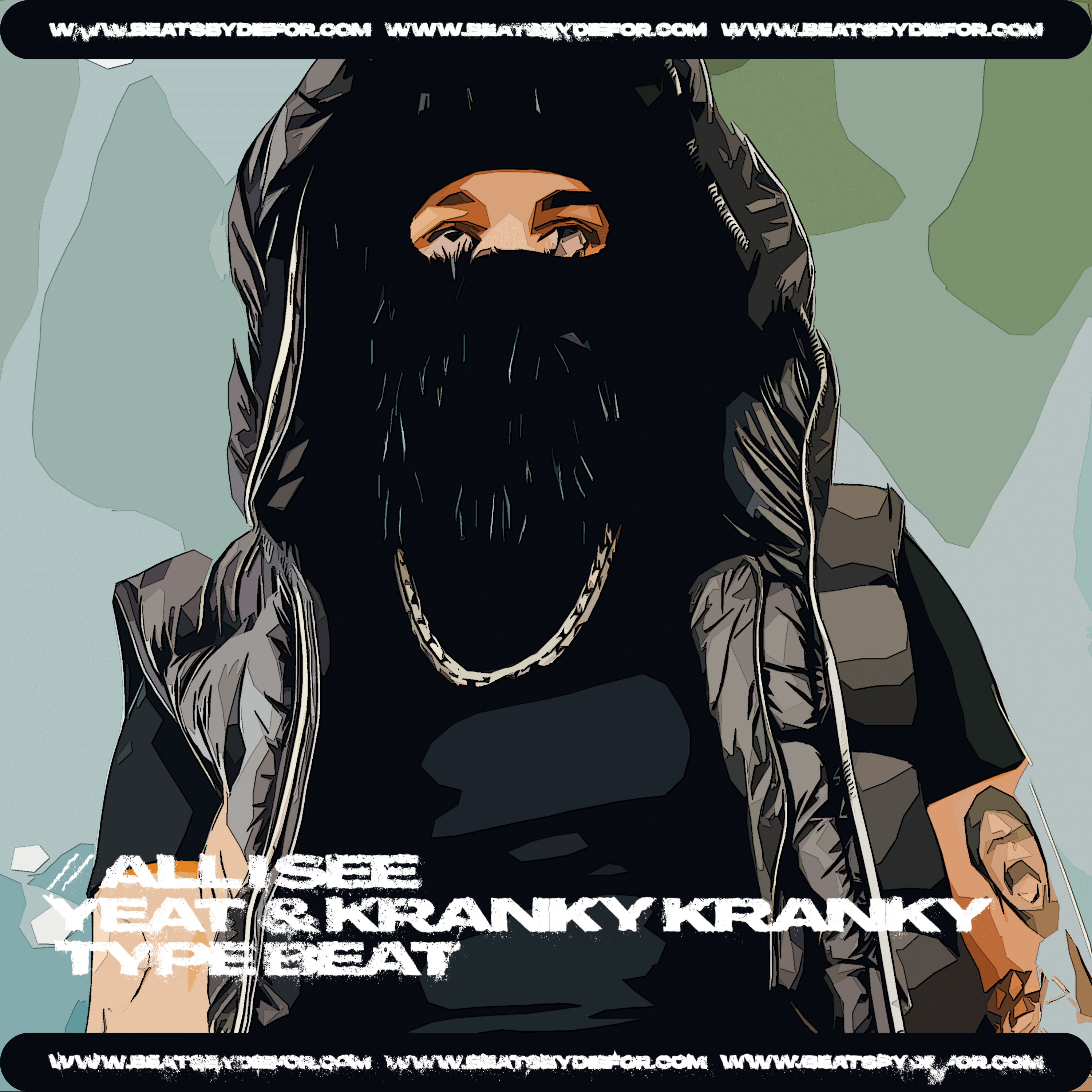
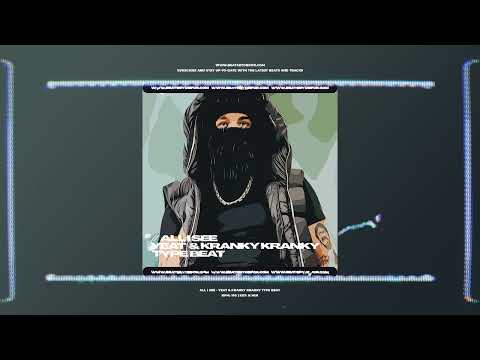
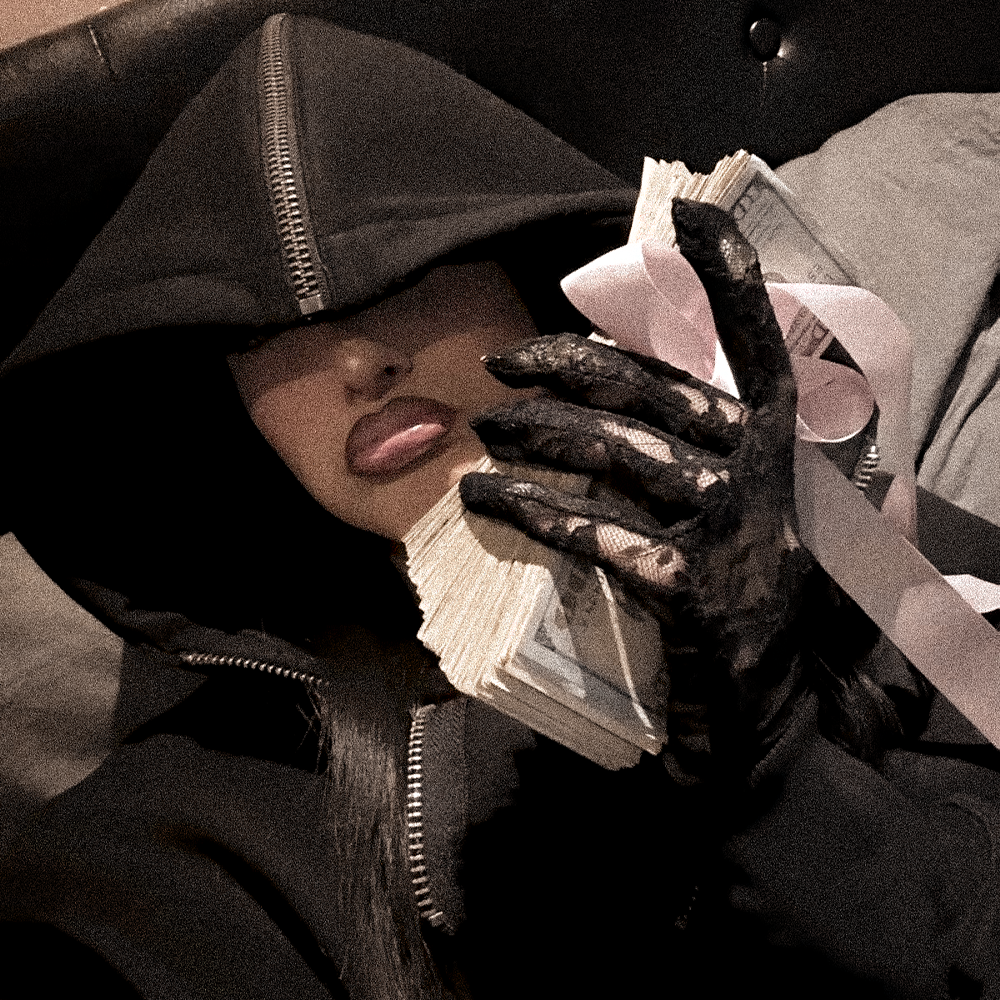


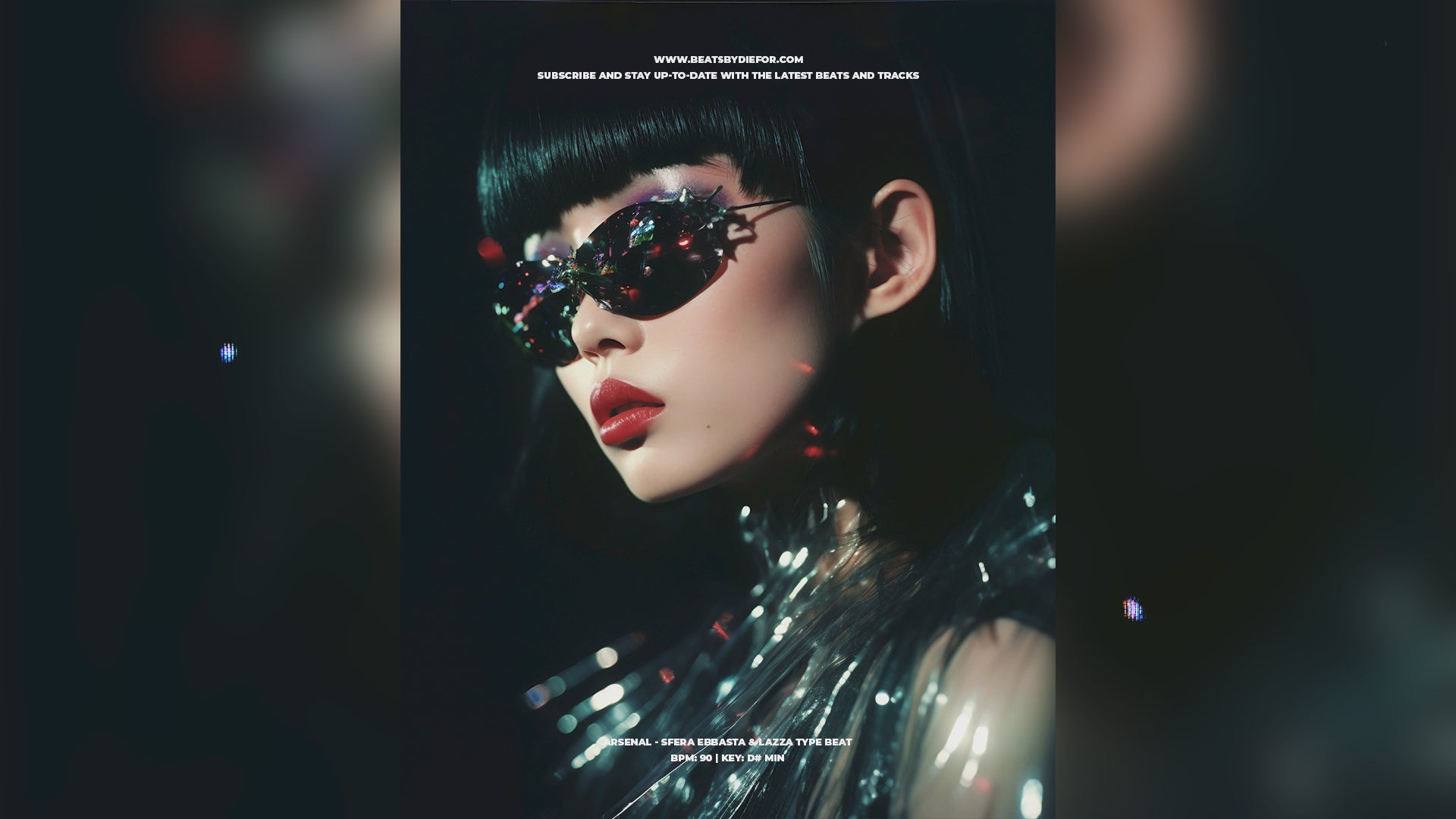
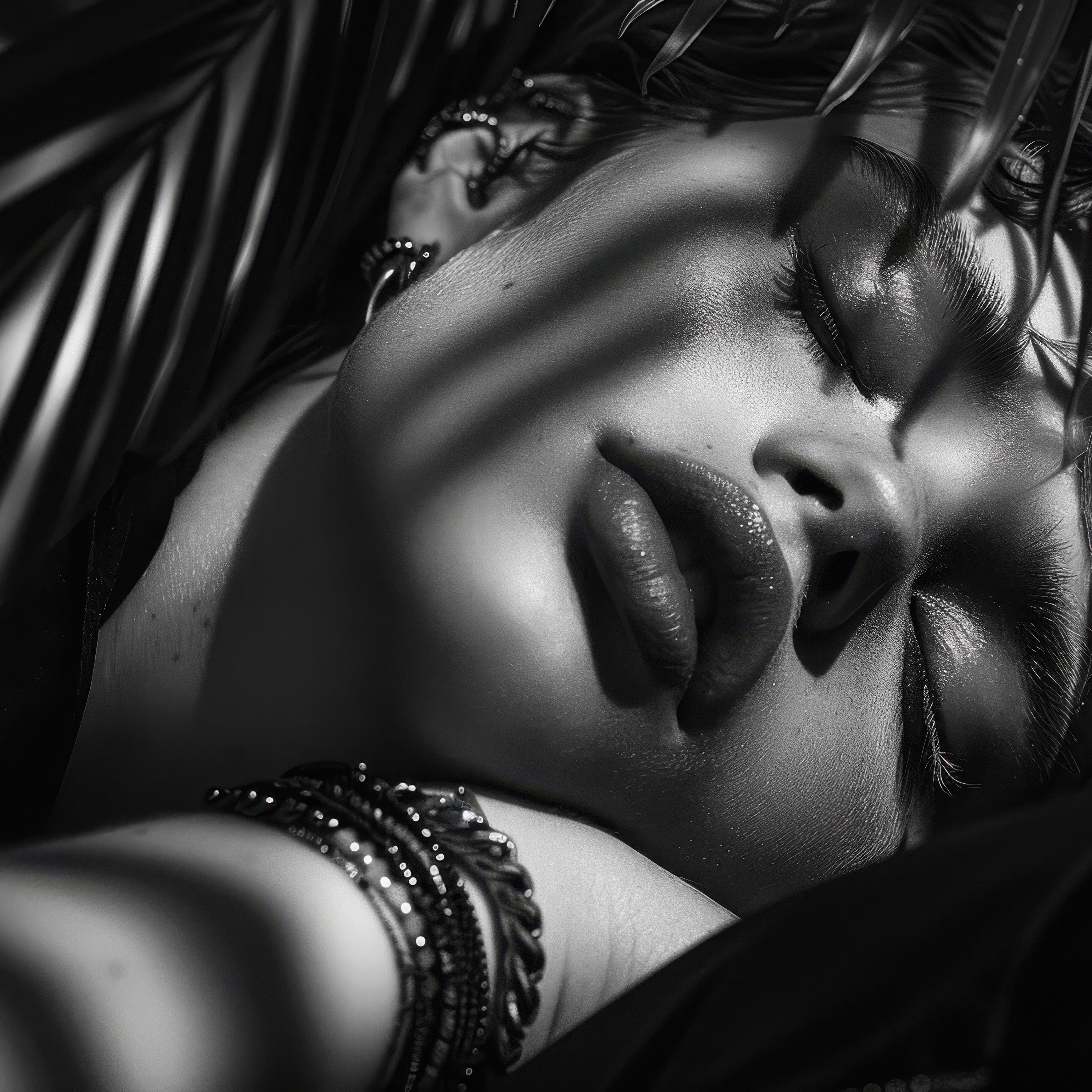
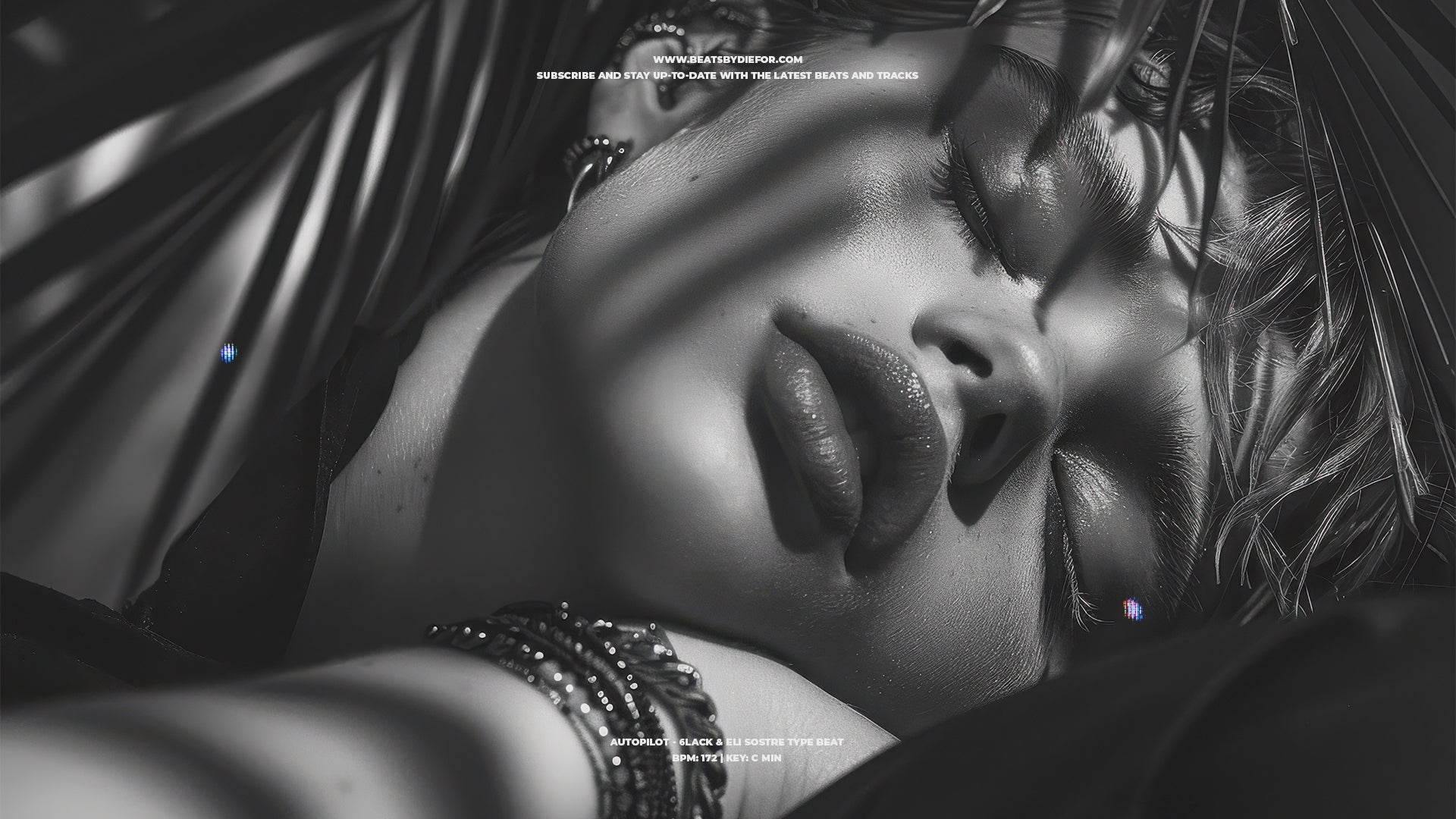


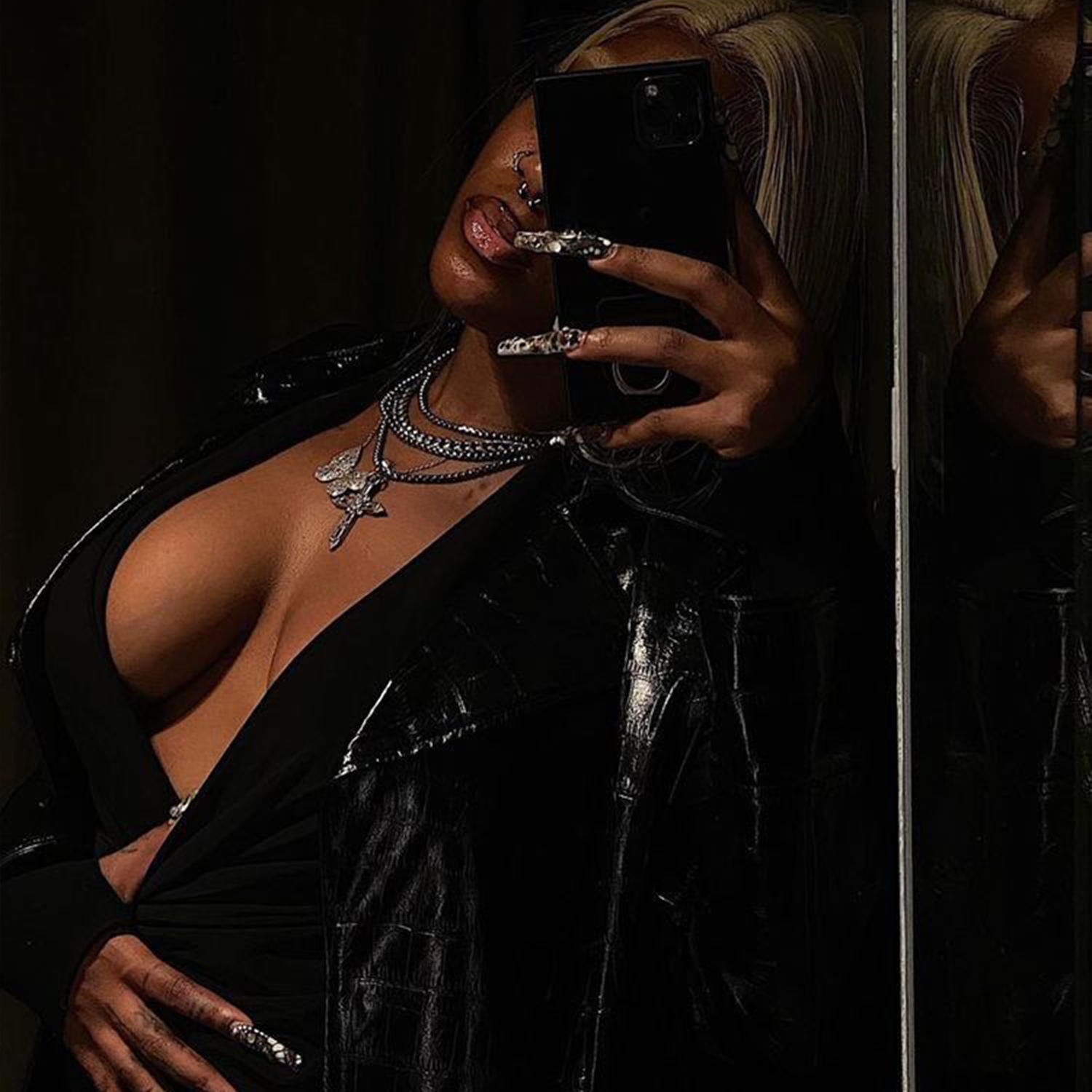
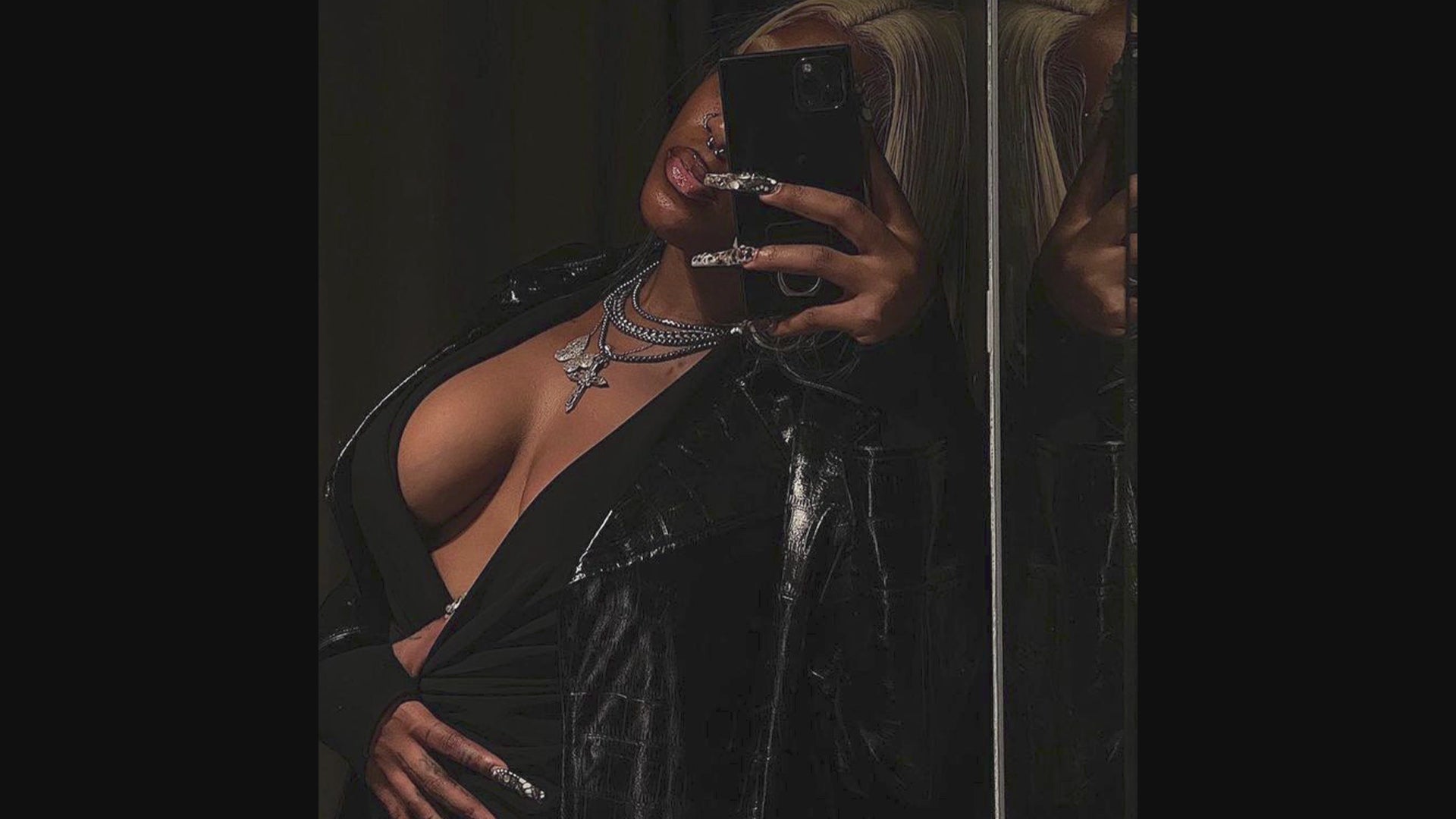
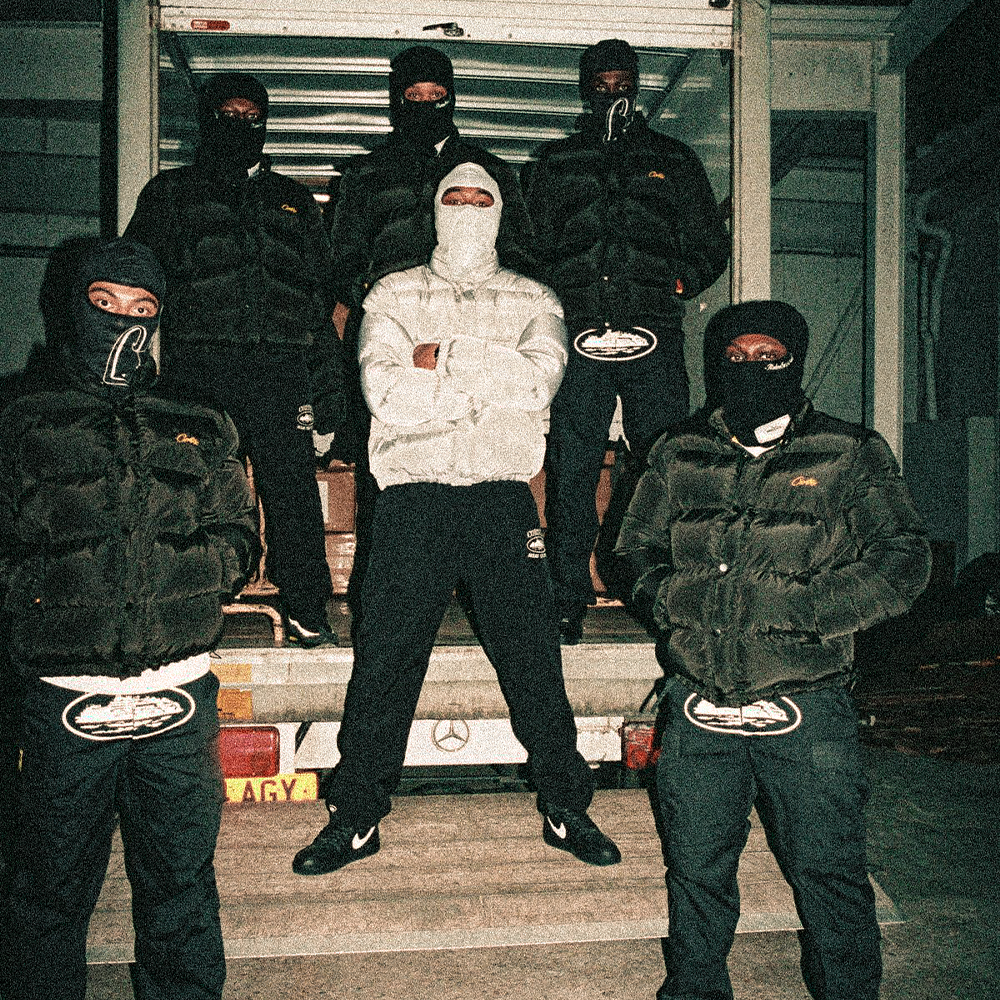

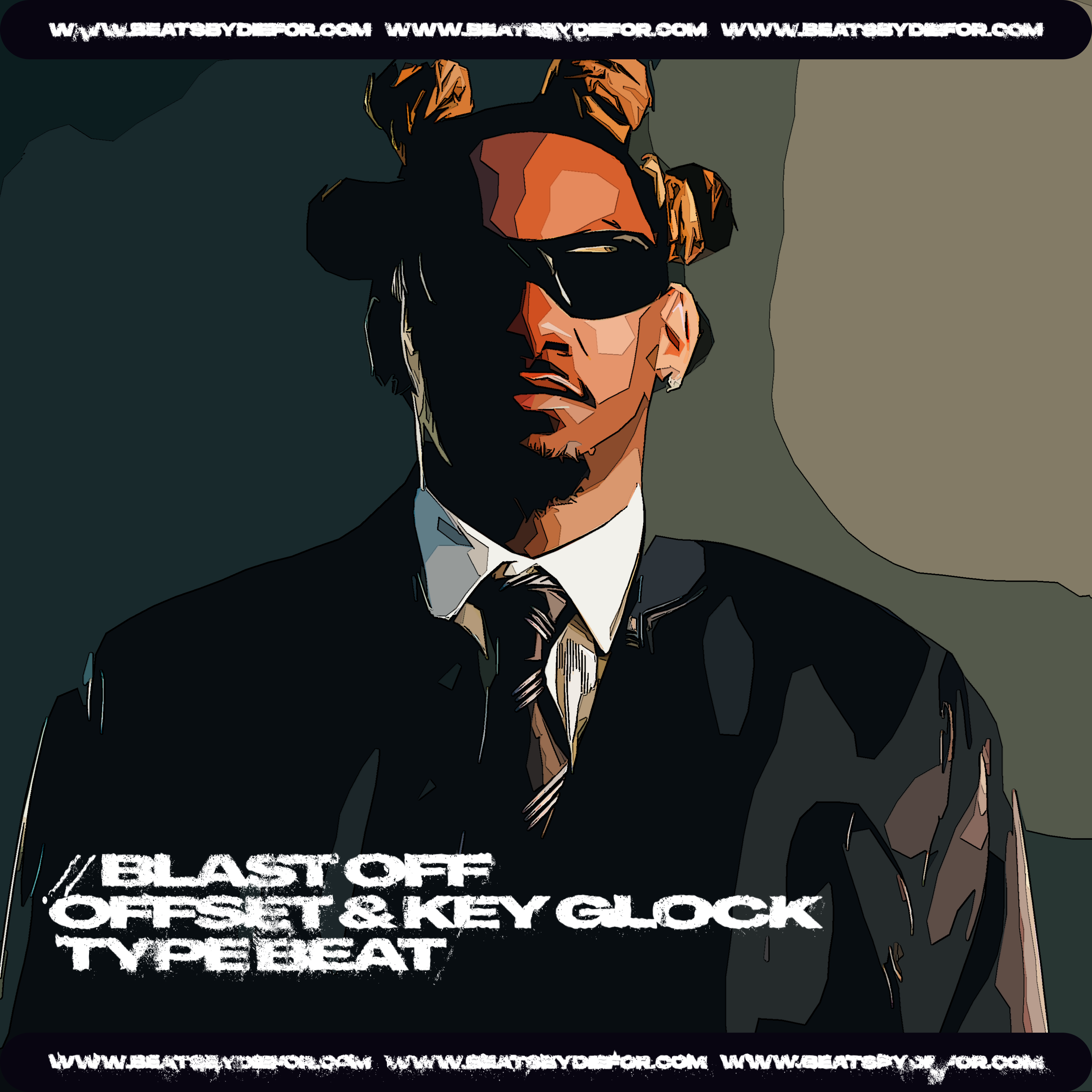
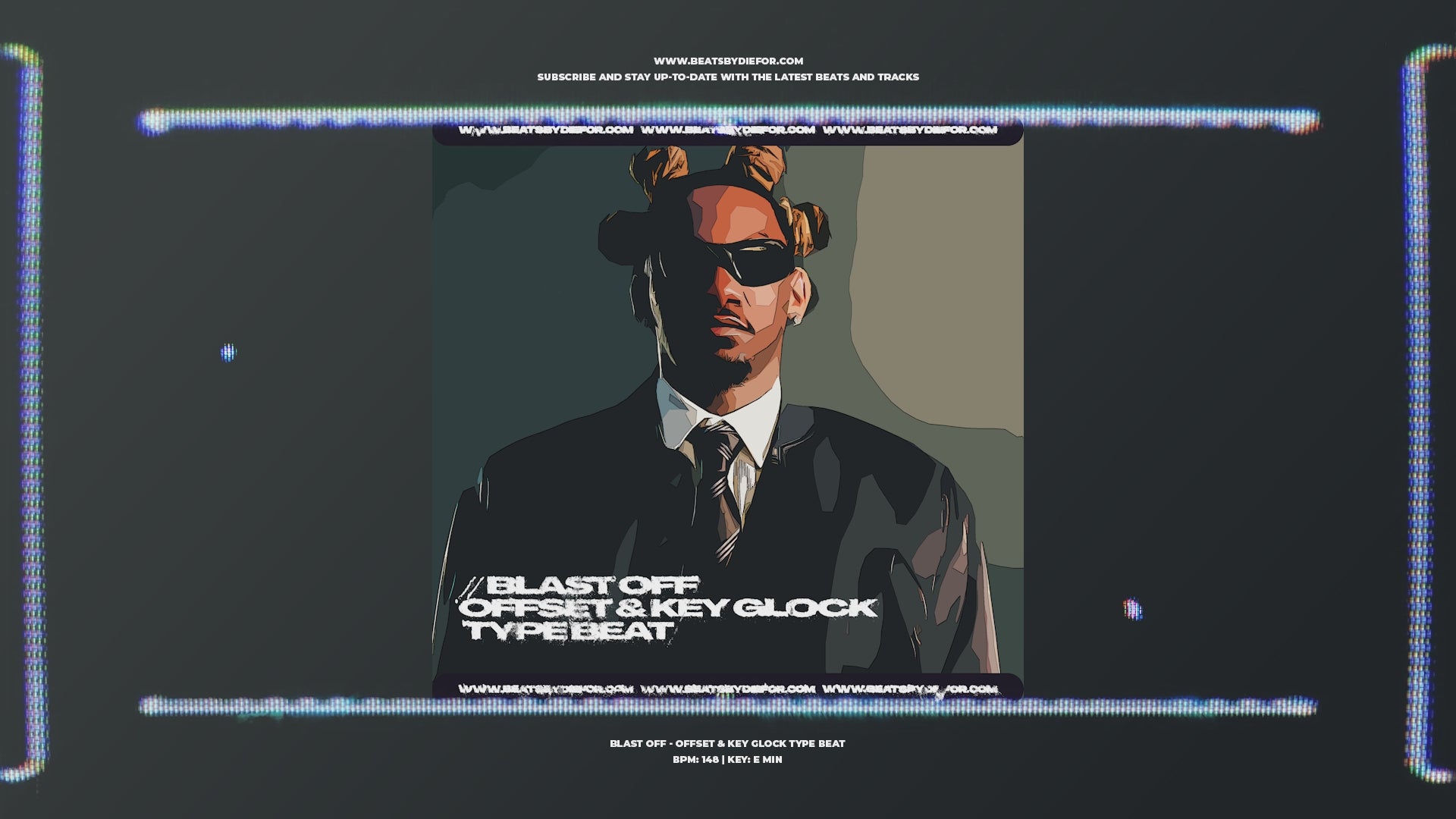

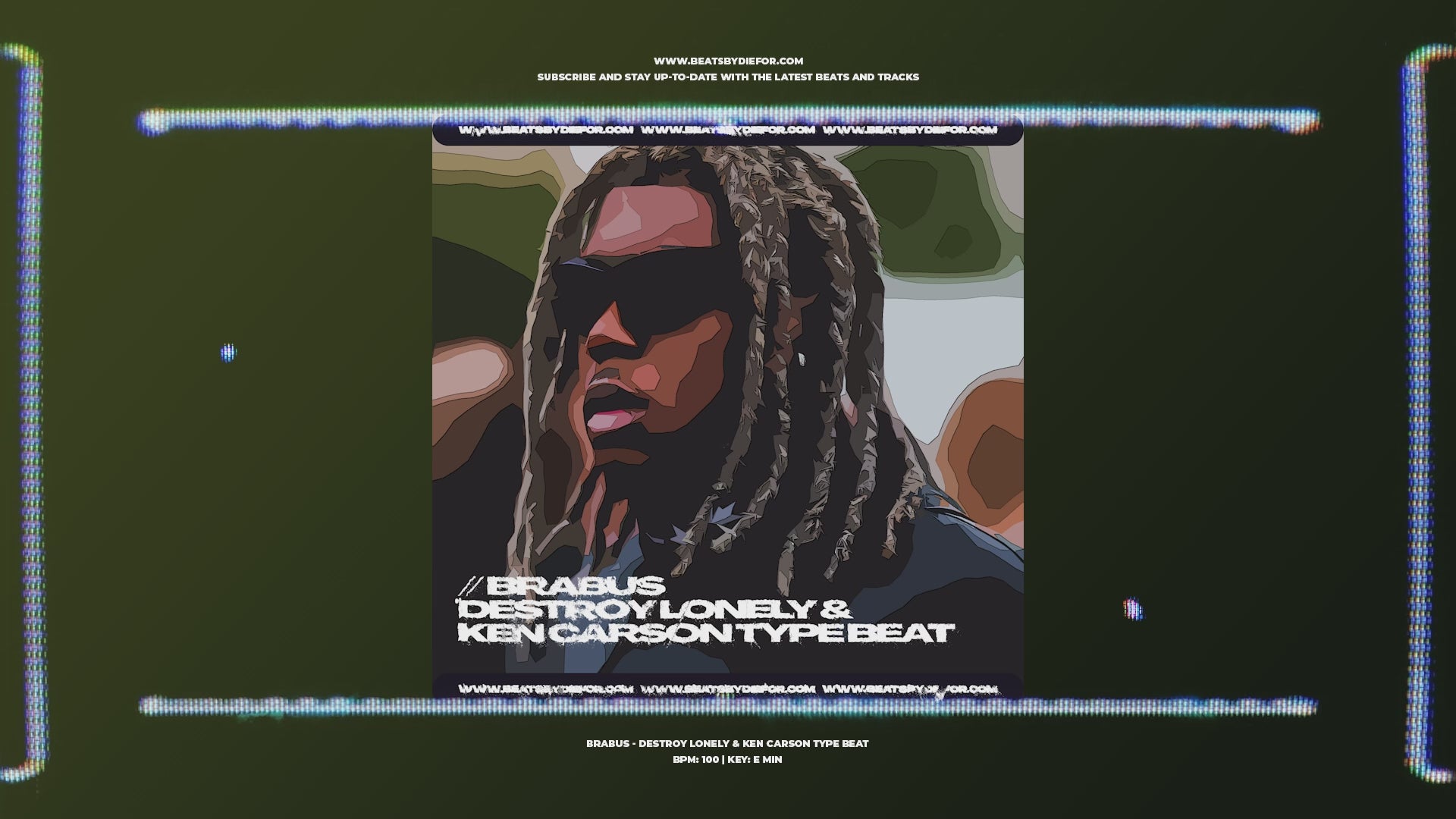
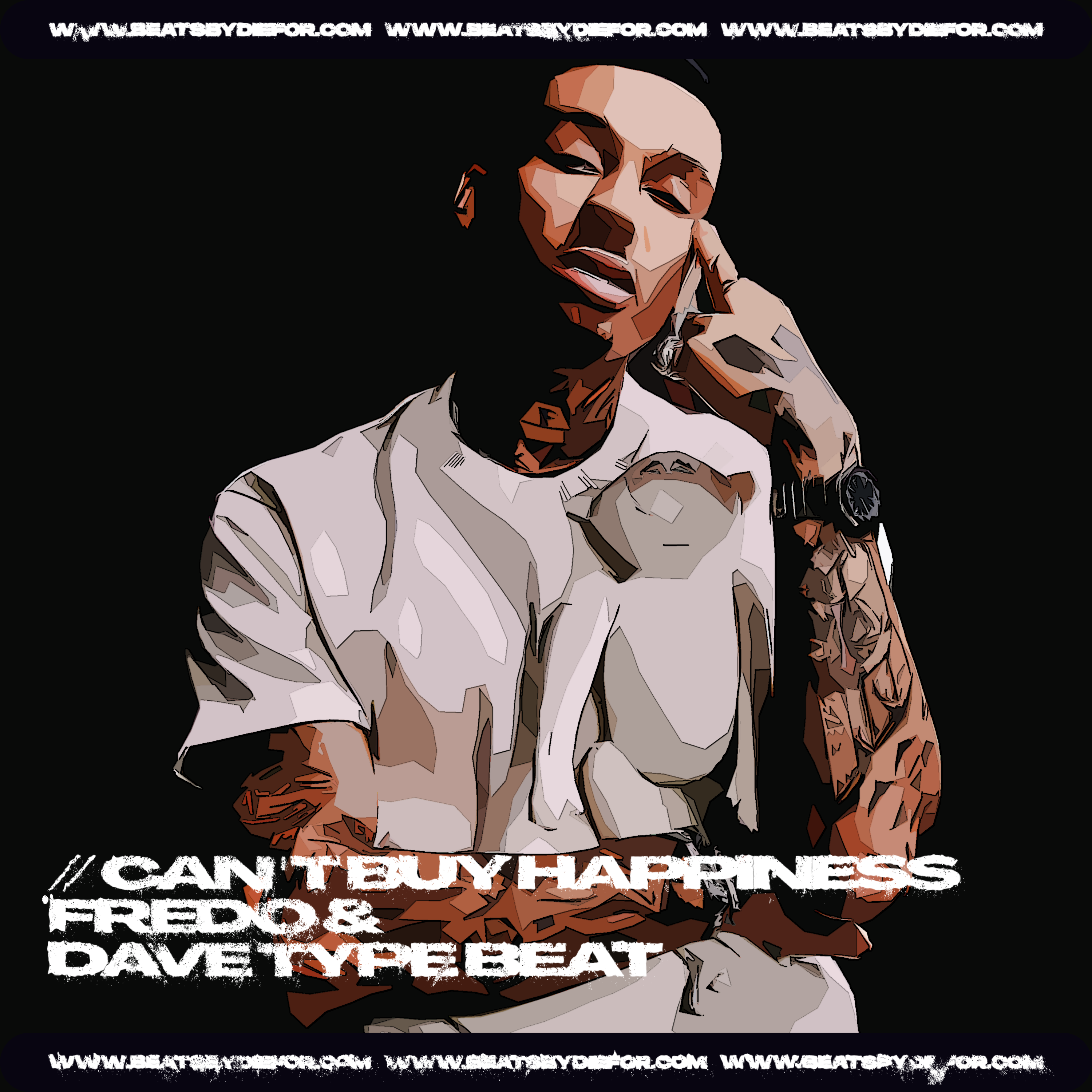


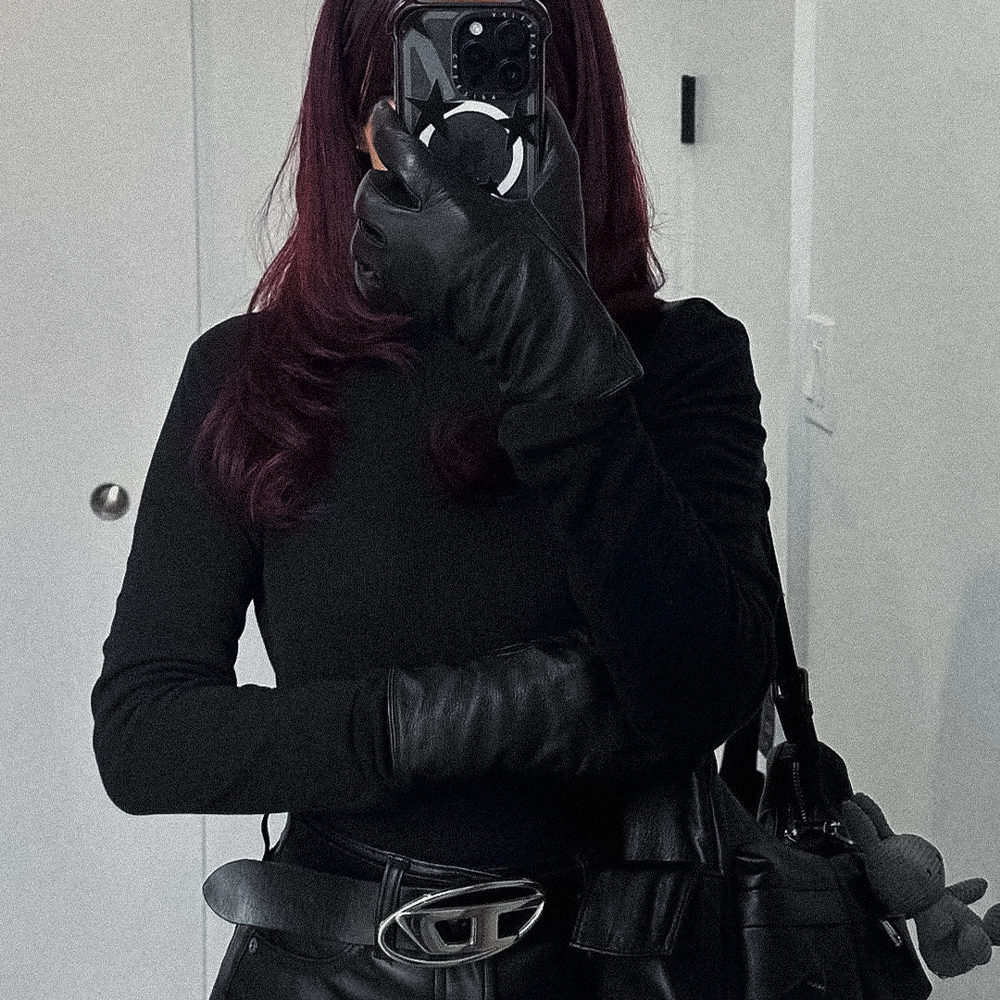

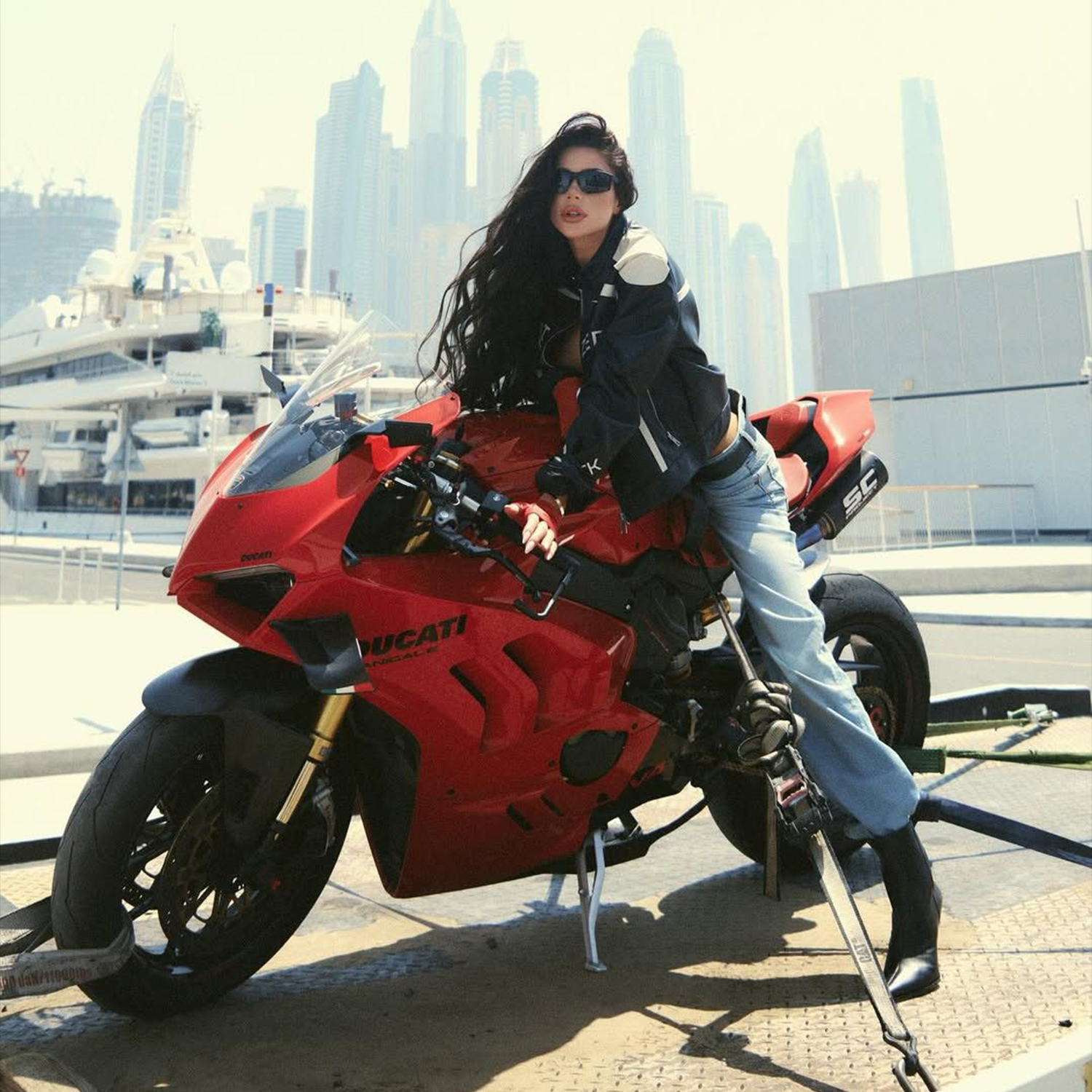
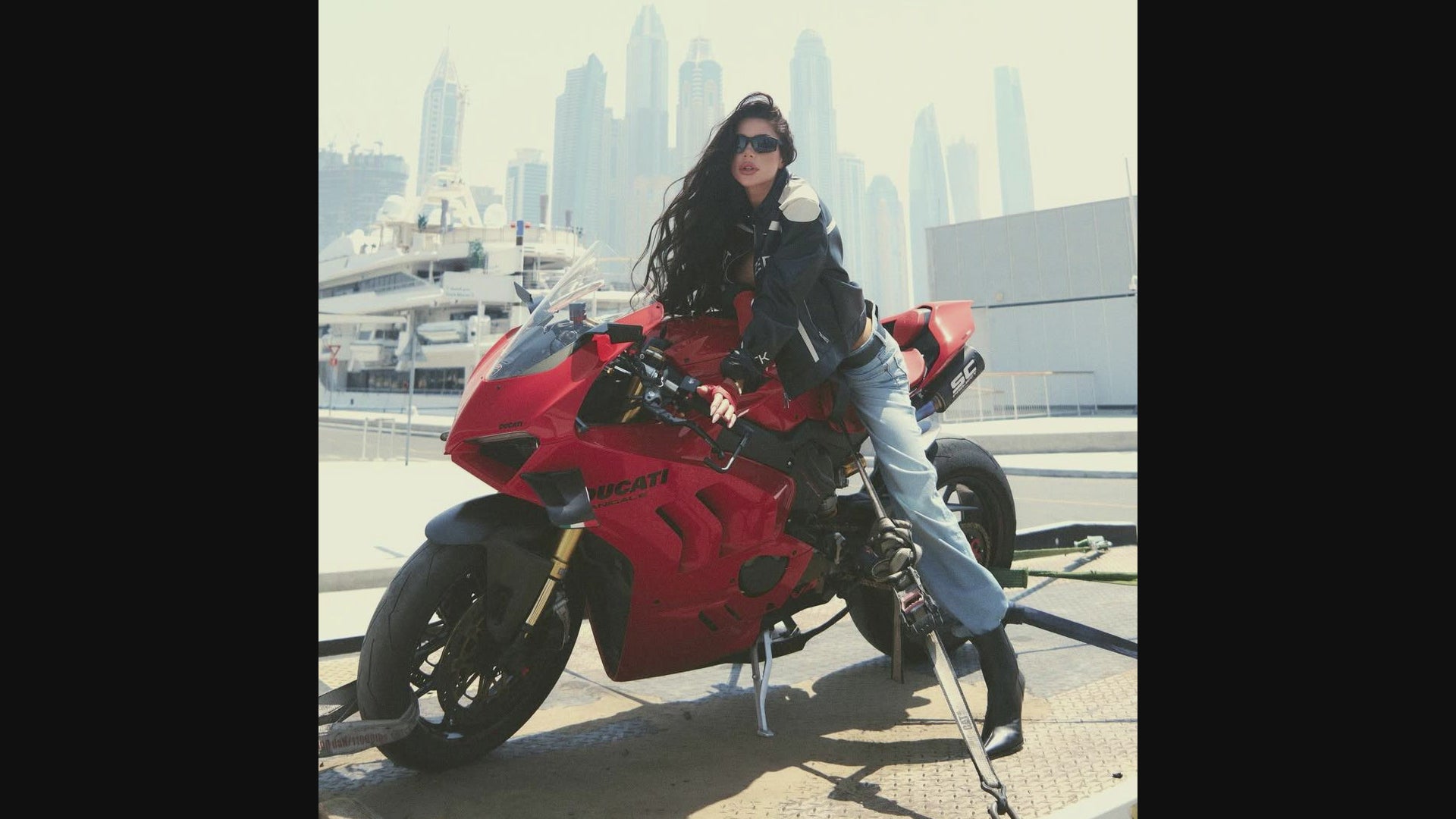
Share:
7 Tips for Buying Beats Online from an Artist’s Perspective
The Ultimate Guide to YouTube Content ID for Artists (2026)